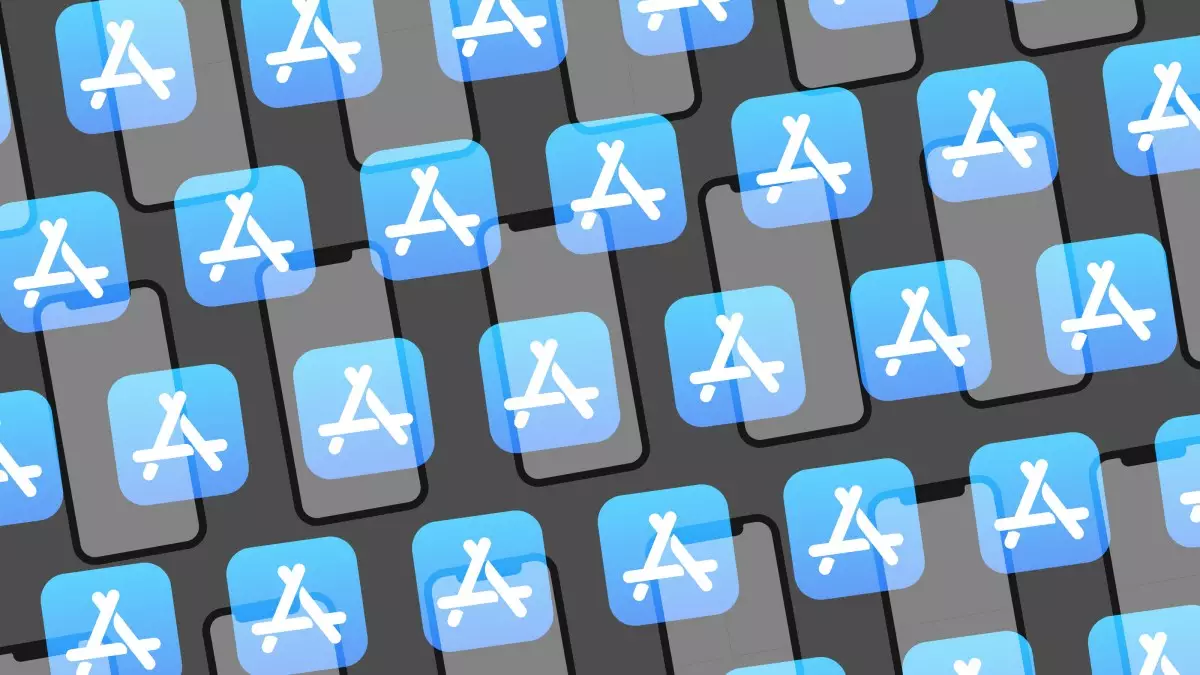In a troubling revelation for mobile security, researchers from Kaspersky have unveiled the presence of a sophisticated malware strain named SparkCat, which has reportedly infiltrated the app ecosystems of both Apple and Google. This concerning discovery came after thorough investigations indicated that this nefarious software had been operating undetected for nearly a year, affecting a wide range of applications downloaded by unsuspecting users across different regions. SparkCat first surfaced in a seemingly innocuous food delivery app utilized predominantly in the United Arab Emirates and Indonesia; however, further scrutiny unveiled its presence in 19 additional applications, leading to over 242,000 downloads via the Google Play Store.
The most alarming aspect of SparkCat is its advanced capability to exploit optical character recognition (OCR) technology. By scanning the screens and image galleries of infected devices, the malware effectively gleaned sensitive information, specifically targeting keywords related to cryptocurrency recovery phrases. This functionality poses a severe risk to users, especially as cryptocurrency wallets can be drained entirely once an attacker retrieves a user’s recovery phrase. Importantly, the malware isn’t limited to foreign languages; it operates across multiple languages, including English, Chinese, Japanese, and Korean, reflecting a noteworthy level of sophistication and thoroughness. Hence, the threat is not only critical in one region but spans a global audience.
In light of this egregious breach, Apple and Google rapidly executed countermeasures to safeguard their user bases. Following the initial findings, Apple promptly removed the compromised applications from its App Store, an action mirrored by Google shortly thereafter. According to Google spokesperson Ed Fernandez, the identified harmful apps had been eradicated from the Google Play Store and their developers banned. This swift action demonstrates a commitment to user security, but the presence of SparkCat in non-official app stores serves as a reminder that threats can still lurk outside primary app ecosystems, emphasizing the necessity for vigilant user practices.
The SparkCat incident illustrates a broader issue within mobile app security, highlighting both the challenges inherent in safeguarding digital platforms as well as the evolving tactics employed by cybercriminals. Even with security measures like Google Play Protect—designed to protect users from known malware—there remains a continuous arms race between cyber defenders and those with malicious intent. Users must also be informed about potential risks, particularly when downloading applications from unofficial sources, as these represent unnavigated waters for many individuals.
The emergence of SparkCat signals a critical moment for mobile app users, developers, and security experts alike. It underscores the importance of constant vigilance and the need for improved security protocols. Not only should app developers refine their security measures, but users must also adopt cautious behaviors—such as verifying app legitimacy and staying informed about potential security threats. As the digital landscape continues to evolve, maintaining security awareness is not just advisable, but essential in safeguarding personal information and financial assets in a rapidly digitizing world.

